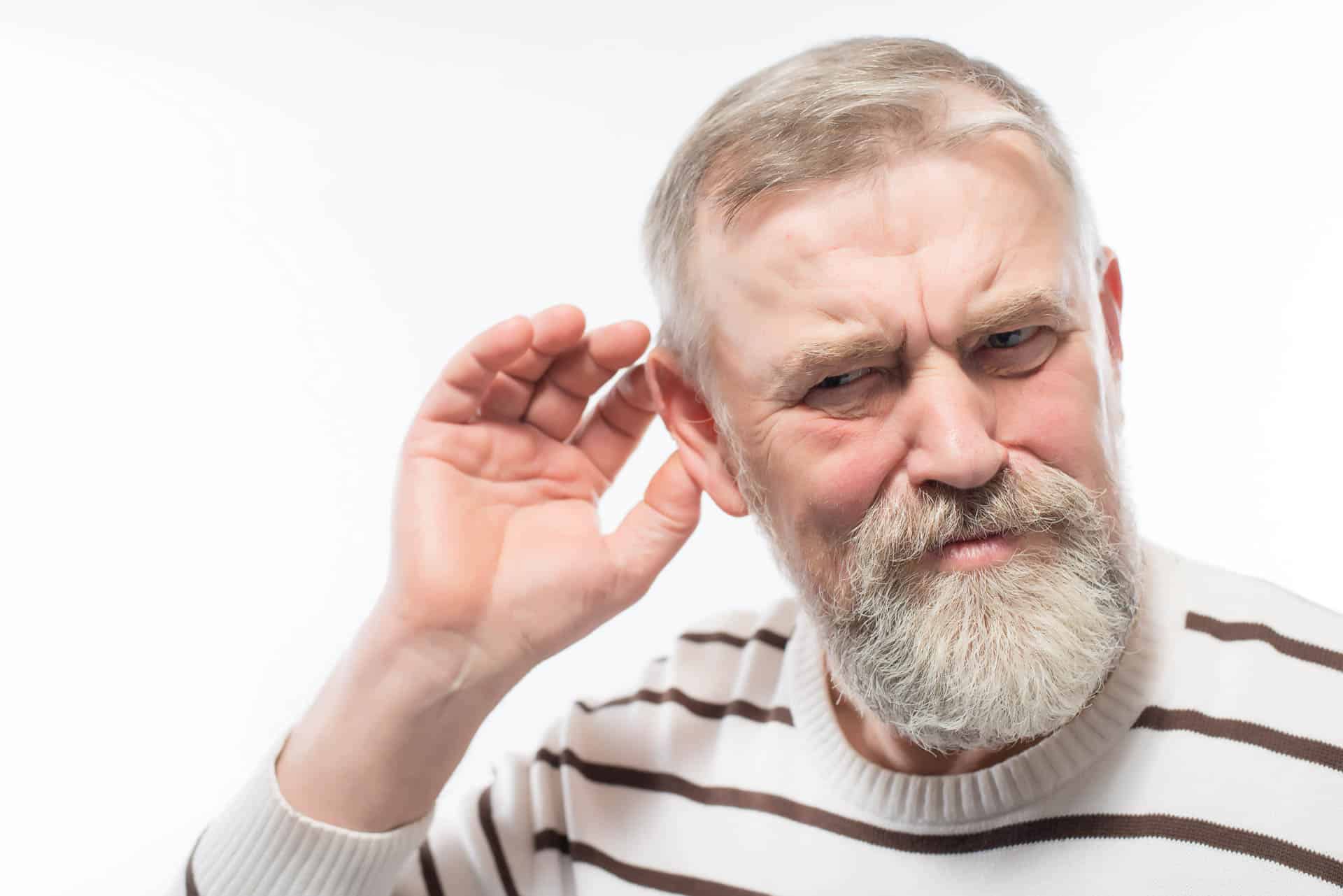Delivery in 2-3 working days
Hearing loss and road safety:
An underestimated danger
When we think about road safety, we often focus on vision. But what about hearing? Hearing loss and hearing impairment can pose significant safety risks for both drivers and pedestrians.
Hearing loss affects many people around the world and can severely limit the ability to hear sounds and warning signals. However, when driving, it is essential to be able to hear sounds such as horns, sirens and even the hum of other vehicles.
The influence of hearing loss on driving ability
A driver with impaired hearing or hearing loss could miss important acoustic signals. Directional hearing, i.e. the ability to determine the direction of a sound, is particularly important when driving. Whether it is a matter of hearing an approaching vehicle or recognizing the signals of an emergency vehicle in good time - our hearing plays an important role in road traffic.
Dealing with hearing loss in road traffic
Examination of fitness to drive and the use of hearing aids
Are your ears on the test? If you or a loved one has hearing loss, consider a hearing test with a hearing healthcare professional or otolaryngologist. They can determine the severity of your hearing loss and may recommend hearing aids or hearing devices that can improve your safety on the road and keep you licensed to drive.
Although there are no specific laws in Germany that prohibit driving with hearing loss, certain procedures can be set in motion if there is any doubt about your fitness to drive. These usually include a review by a doctor and, if necessary, the preparation of a medical opinion for your driver's license.
As the applicant, you should consider the following points:
- If you have a known hearing loss, you should indicate this on your driver's license application.
- You may need a medical certificate to prove your fitness to drive.
- Hearing aids or hearing systems can restore a person's ability to drive and are allowed on the road.
Awareness and caution on the road
Hearing impaired and deaf road users should take special care. They should be aware that their impairments may affect their fitness to drive. This is especially true in situations with high traffic volume or in unclear traffic situations.
Useful tips for drivers with hearing loss
Drivers with hearing loss or hearing impairment can benefit from some useful tips to improve their safety and driving experience. Here are some recommendations:

Use your other senses:
Be attentive:
Use tools:
Participate in hearing tests on a regular basis:
Safety of pedestrians with hearing loss
Hearing is important not only when driving, but also as a pedestrian. People with hearing loss often have difficulty determining the direction of approaching vehicles. This can be particularly dangerous when crossing roads.
The following tips can help pedestrians with hearing loss:
Increased attention to visual cues:



